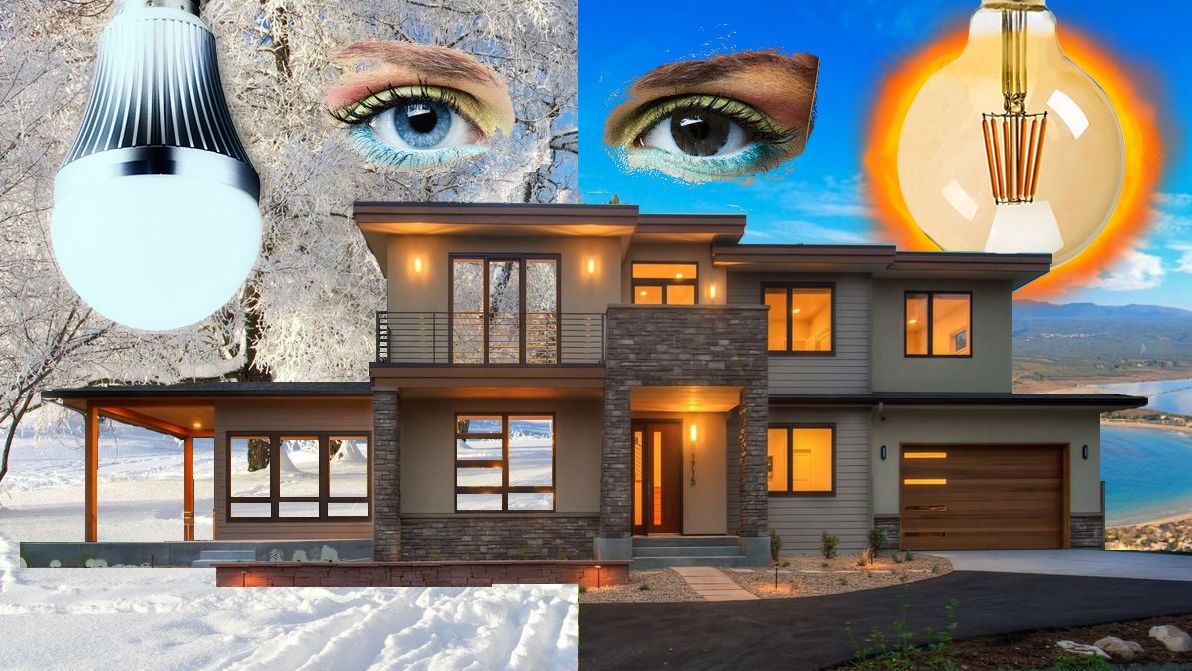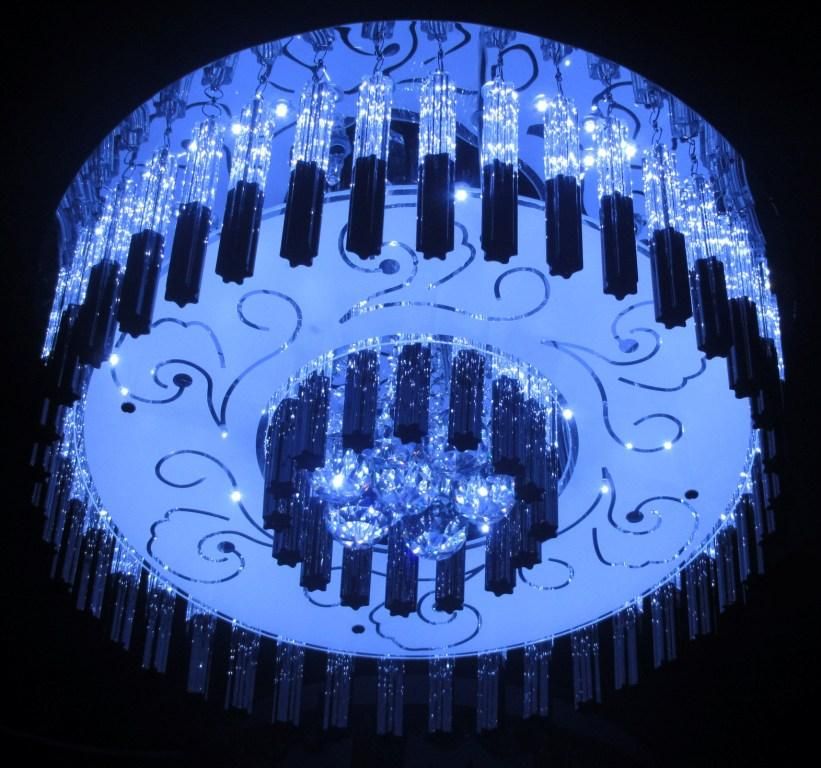Photobiologists warn: LED lights are harmful to health
For millions of years of evolution, the human eyes of many Europeans have become blue. In this way, nature took care of the eyes' health. On winter days, when the Sun shines, it reflects the snow, giving a blue spectre, which harms eyes and health. Blue eyes absorb other parts of the spectrum and reflect blue light. It explains why other people like Chinese or African don't have blue eyes: they always live in the southern climate.

Also, we know how harmful the light from welding can be for the eyes from our experience. So it is undoubted that the best light for human beings and domestic animals is the sunlight, which has a warm yellow and red colour. In the old times, when people went to bed early and woke up with the dawn, they used only light from the fire, such as candles or oil lamps, and their eyes have not been adversely affected. Nowadays, many people spend time reading books, watching TV, or surfing the internet, exposing their eyes to significant stress. Together with this, we switch on light almost everywhere; thus, we further impair our eyesight, especially with modern luminescent or energy-saving lamps operating in the blue spectrum.
While LEDs (light-emitting diodes) have been touted as the solution to lighting needs, not all experts like the idea, the world's leading photobiologist Alexander Wunsch, for example, believes that LED lights can damage the retina and destroy the endocrine system.
This information is a blow to many government organizations, which are phasing out the use of incandescent bulbs as a means of saving electricity. However, while LED bulbs are up to 95% more efficient than regular incandescent bulbs, they also produce higher harsh "blue light levels.
Recent studies show that prolonged exposure to blue light with wavelengths of 400-470 nanometers can cause severe retinal damage. Even short periods of high exposure can cause damage to the retinal pigment epithelium (RPE), leading to photoreceptor cell death and eventually causing total blindness.
The difference between incandescent and LED light is that instead of blue light, the heat from incandescent bulbs consists of infrared radiation, which is good for our health.
Blue light is also a significant cause of insomnia among urban dwellers because they make the brain stay awake and alert. Doctors advise against looking at mobile device screens because they emit high levels of blue light before bedtime.
Contemporary LED Chandeliers

This research shows that it is especially harmful to people living in northern countries such as Russia, Norway, of Finland. In half part of Russia, up to six months, there is no sunlight and severe cold. So most of the day, people live with artificial light. Thus one year of life beyond the Arctic Circle can be counted for two. Some families, after they retire, go to southern regions and die in 10 years. It confirms that light plays a massive role in health and longevity.
Resume: Pay attention to the quality of your bulbs as they can improve your quality of life. If you are attracted to what bulbs are pretty good for health, read about ecological bulbs.
OUR RECOMMENDATIONS
We invite you to visit our other site, EPLAN.HOUSE, where you will find 4,000 selected house plans from around the world in various styles, as well as recommendations for building a house.